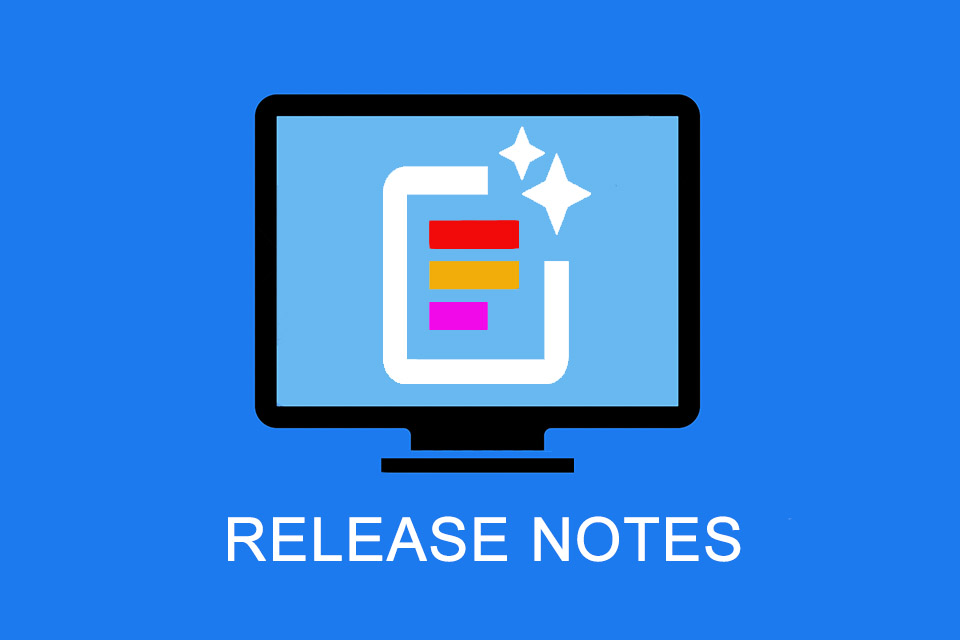What are Release Notes?
Release Notes – documented innovations of a software version
The ongoing development and provision of new versions is part of the daily business of software manufacturers. New features, changed functions or eliminated errors are documented in the so-called release notes. In the past, these release notes were enclosed with a delivery in printed form, but nowadays, in times of digitalisation, they are usually found online on websites or directly in the corresponding software.
Tips for writing Release Notes
Although there is no official standard for writing release notes, many vendors follow a similar format that includes a summary of changes, a list of new features and functions, bug fixes and known issues. Some vendors also include instructions on how to commission the update or migrate data.
In practice, it can be observed that users do not always read release notes because they do not recognise the benefits and do not take the time to look through them. However, reading release notes can be helpful in understanding how to use new features or avoid known problems.
There are a number of tips that are useful when designing release notes:
- For example, structure the content according to new features, customisations and bug fixes. If necessary, use a table of contents and declare the specific release number.
- Use “simple” language. Ideally, this simple language should harmonise with the language within the software. User experience is the appropriate buzzword here. It is often the case that software developers use function names that are self-explanatory for them because they are experts in their field, but this is not always the case for users.
- Avoid abbreviations, as not everyone knows them or they can sometimes have more than one meaning. Example: CD could stand for Corporate Design (a marketing term) or for Continuous Delivery (a collection of techniques, processes and tools that enable constant supply of software).
- Highlight important changes. Not every change is synonymous with other changes. Use graphics or screenshots to illustrate where appropriate.
- Thank people for their interest and apologise for mistakes. But don’t promise not to make any new mistakes, because that would be a) unrealistic and b) also untrustworthy.
- And mention simple contact options such as telephone number, e-mail address or chat facilities.
Opinions vary as to whether release notes can also be entertaining in order to attract more attention. Surely it depends on the specific context and possibly it should be in line with the corporate identity (another term from marketing).¹
Notes:
[1] Time and again, companies decide to automatically update their software to the latest version when it is started and to display the corresponding version notes. Such a procedure is probably not always enthusiastically received by users.
The change log is another log of changes. Sometimes it is argued that change logs “only” list innovations and adjustments chronologically and are “only” intended for internal use. In reality, however, it can also be observed that change logs and release notes are used synonymously, or that companies choose one of the two terms and communicate innovations and bug fixes accordingly.
Here you can find a website with 50 release notes examples.
If you like the article or would like to discuss it, please feel free to share it in your network. And if you have any comments, please do not hesitate to send us a message.
Here you will find additional information from our t2informatik Blog:



